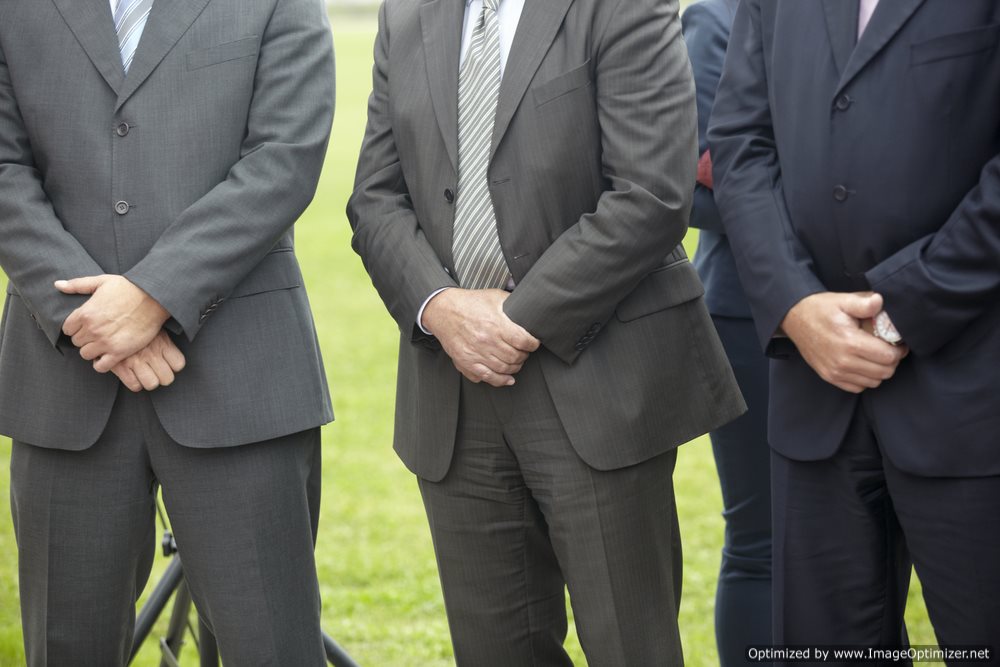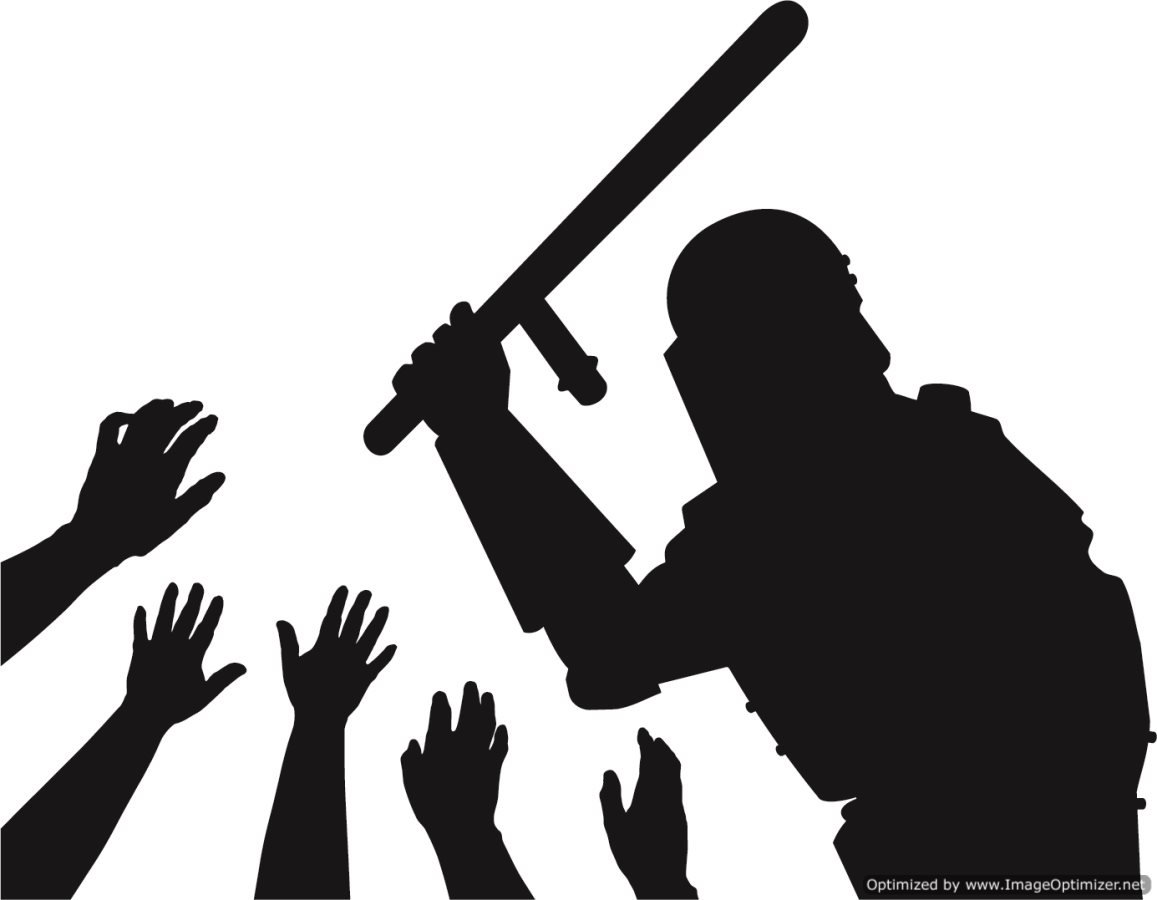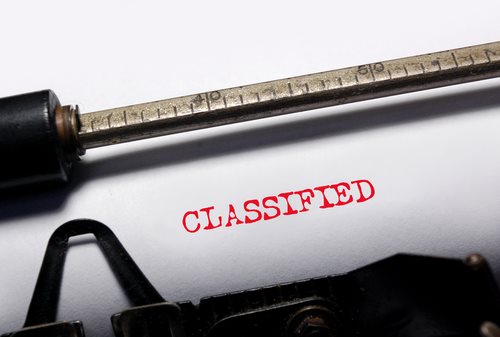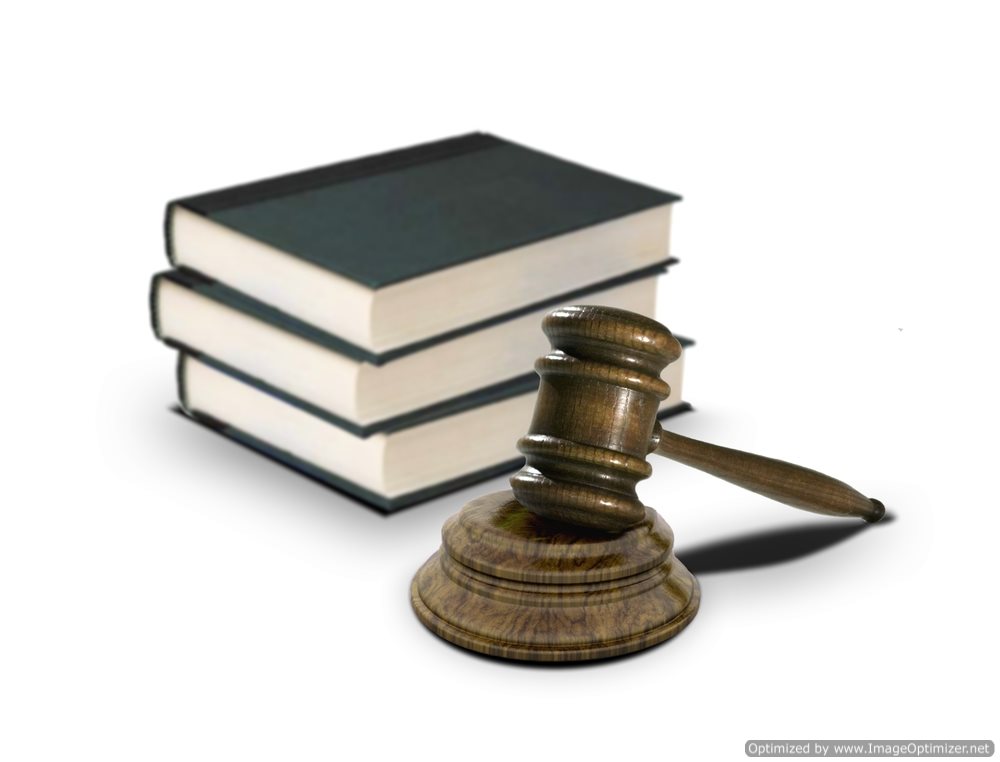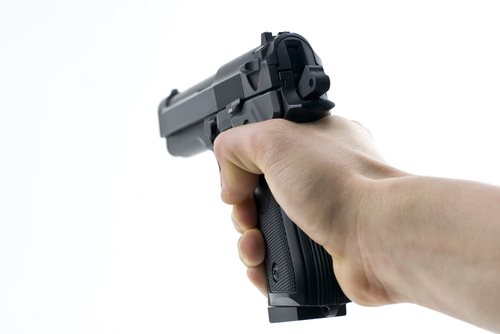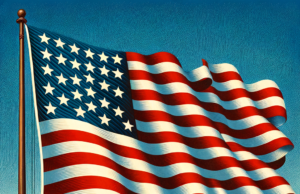Wallace v. Jaffree
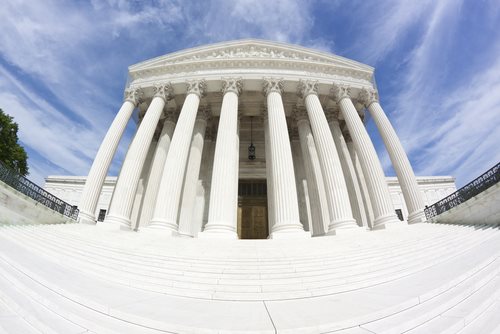 The Background of Wallace v. Jaffree
The Background of Wallace v. Jaffree
Wallace v. Jaffree was a landmark Supreme Court case that revolved around the issue of silent school prayers.
An Alabama statute was introduced that authorized teachers, in all school districts, to set aside on minute at the start of each school day to conduct a silent prayer or silent meditation. Ishmael Jaffree, an American citizen and father of three Mobile County public school students, filed a suit on May 28, 1982 against the mobile county School Board and various school officials. Jaffree sought an injunction and a declaratory judgment that would restrain the defendants from “maintaining or allowing the maintenance of regular religious prayer services or other forms of religious observances in the Mobile County Public Schools in violation of the First Amendment as made applicable to states by the Fourteenth Amendment to the United States Constitution.”
Wallace v. Jaffree Trial:
The United States District Court for the Southern District of Alabama allowed the practice of silent prayer and ruled in favor the state. The United States Court of Appeals for the Eleventh Circuit reversed this ruling, by claiming that a mandatory silent prayer was unconstitutional. The case was eventually heard by the United States Supreme Court in Wallace v. Jaffree. In this trial, the United States Supreme Court ruled 6-3, against the state of Alabama by claiming that the law had violated constitutional principle by forcing students to engage in a silent prayer.
The Case Profile of Wallace v. Jaffree
The following is a case profile of the legal trial eponymously titled ‘Wallace v. Jaffree’:
Date of the Trial: Wallace v. Jaffree was argued on December 10, 1973
Legal Classification: Administrative Law; this legal field associated with events and circumstances in which the Federal Government of the United States engages its citizens, including the administration of government programs, the creation of agencies, and the establishment of a legal, regulatory federal standard
United States Reports Case Number: 414 U.S. 563
Date of the Delivery of the Verdict: Wallace v. Jaffree was decided on January 21, 1974
Legal Venue of Wallace v. Jaffree: The United States Supreme Court by way of the Court of Appeals for the Ninth Circuit
Judicial Officer Responsible for Ruling: Chief Justice Warren E. Burger
Associated Legislation with regard to Wallace v. Jaffree: The following statutory regulations were employed with regard to the Wallace v. Jaffree trial:
The enforcement of a silent prayer on school districts throughout a given state is a violation of the 1st Amendment to the United States Constitution which states that an individual is free to practice any religion they so choose.



